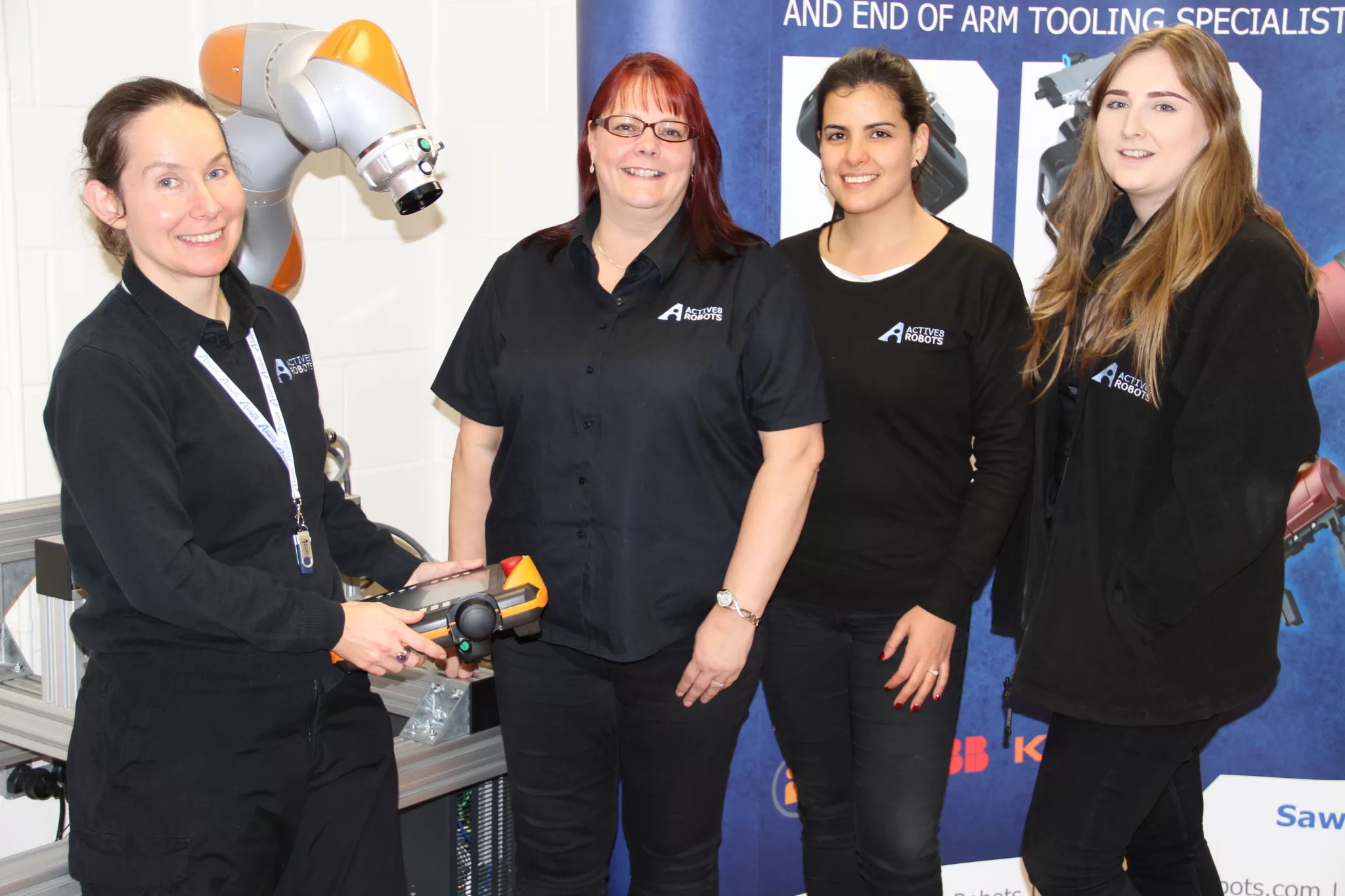Last week it was announced that Dr Sue Black OBE will become the New Professor of Computer Science at Durham University, and we couldn’t be more thrilled to see such an inspiring woman in such an esteemed role within STEM education.
Gender diversity is important in any industry, but especially in STEM. It is essential that the women of the future have role models to aspire to and be inspired by. For many young girls there is a real absence of female role models in STEM. This doesn’t just cause a lack of role models for girls but leaves a hole in the development of the industry, as the more diverse a team is the more creativity and innovation there can be. This therefor works to benefit the whole industry.
On top of these reasons, if a business really wants to understand its marketplace, and deliver products, solutions and services to the broader population, it needs to be representative of that population. Despite this though, women are still disproportionately under-represented in STEM occupations.
There is a clear need to address the gender balance within STEM occupation. Women currently make up just 24% of all people employed in STEM industries. A key area for concern is the huge drop-off in the number of girls studying core STEM subjects at the age of 16.
“In 2017, just 35% of girls chose maths, physics, computing or a technical vocational qualification, compared to 94% of boys.”*
Dr Roz Bekker from Johnson and Johnson says that “We recognise that, in order to get a better gender balance in an area, you need to inspire children from a very young age. You need to profile role models so children – or young women – who are thinking about a career in STEM, will think, ‘Look at what these women have done… I can do this, too”.
Maintaining gender balance throughout talent pipelines, at all levels, is another key concern. Some have suggested that diversifying the range of routes into organisations is crucial for creating a diverse workforce. By creating routes from university degrees to apprenticeship schemes, work placements, and scholarship programmes, more of the talent pool will be exposed to these organisations and the opportunity to drive gender balance in the recruitment process can be increased.
Addressing the gender balance in recruitment opens the door for a wider system and culture of inclusivity and support. “We set up networking events to give the opportunity for women to improve self-confidence in business and networking skills alongside unconscious bias training,” says Dr Bekker.
Aspiring to and maintaining a diverse workforce should be a simple business decision and one that all businesses should employ. “We are very focused on achieving that 50:50 equilibrium,” says Dr Barker. “We are all about innovation that meets the unmet needs of patients, and research shows that diversity can further foster that.”

We have some pretty impressive women working at Active8 Robots, including Chrissa Hopper, our Process Engineer.
*https://www.wisecampaign.org.uk/statistics/the-stem-education-pipeline-2017/
